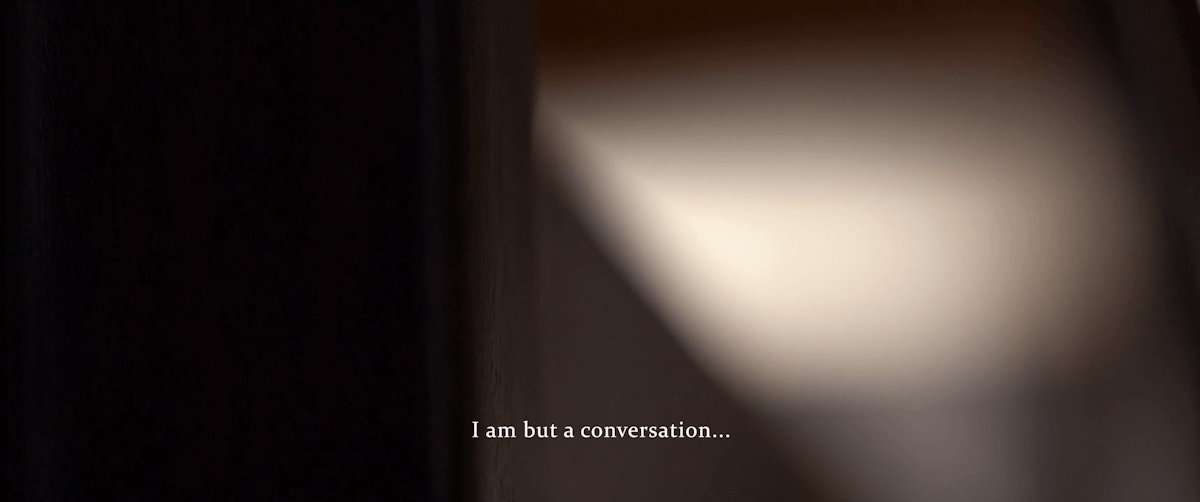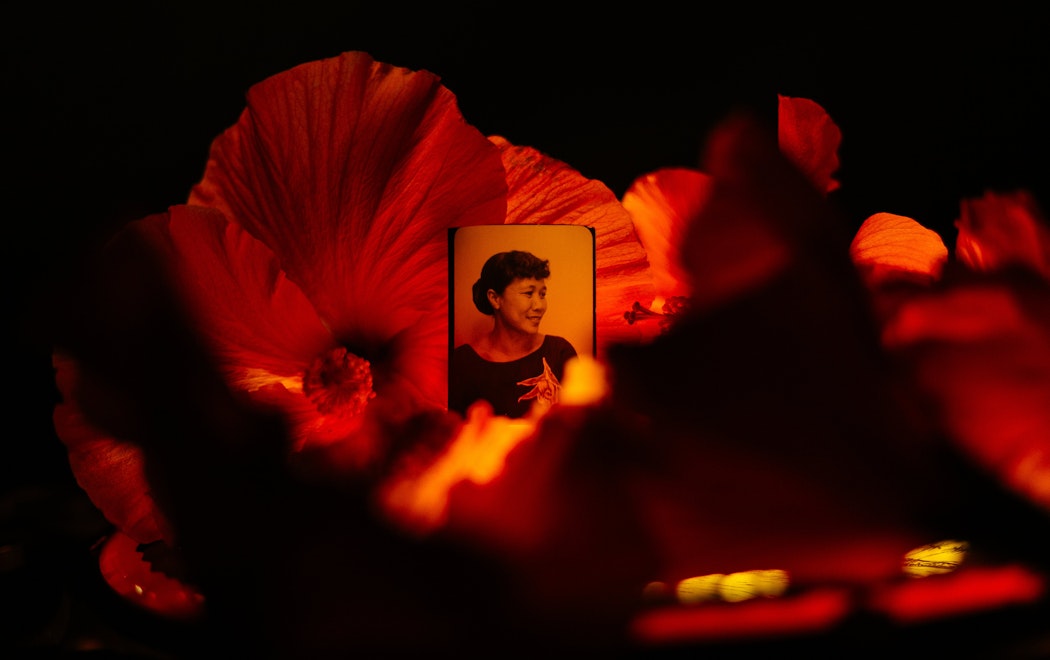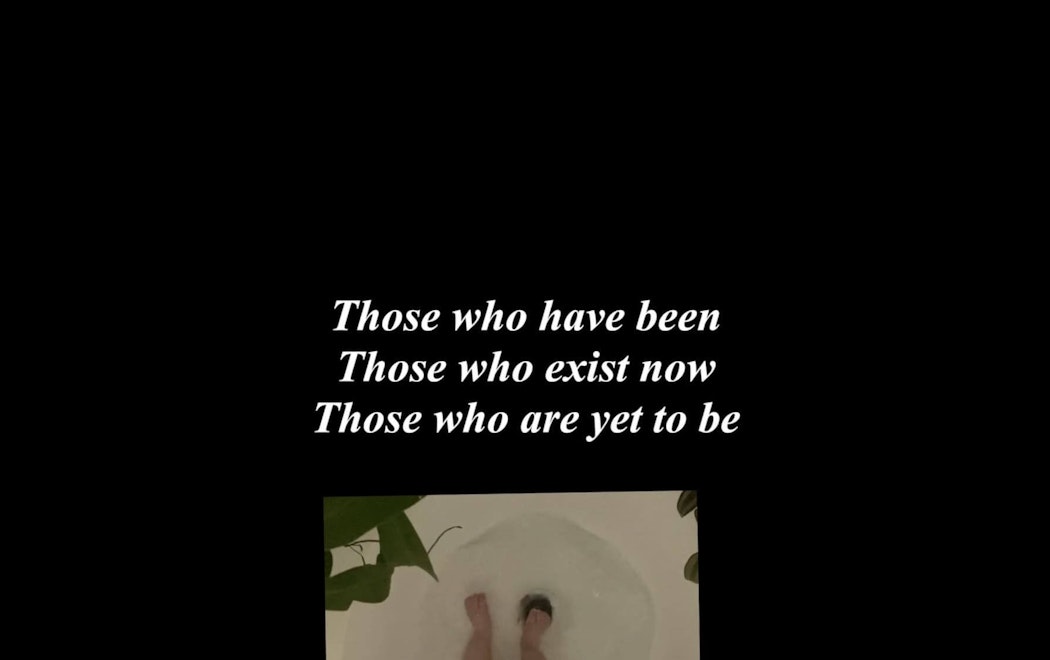In this podcast, artist James Tapsell-Kururangi discusses two films, A portrait with my Father (2022) and He Waiata Aroha (2021), both of which draw on his deep research of personal histories and a measured sense of time. James discusses his process and previous practice, which included a year-long performance that consolidated his interest in working with family, as well as ethical questions of how much to share with the viewer.
List of topics
00:00: Introduction from Dani McIntosh
01:45: James discusses a year-long performance work in Rotorua, for which he lived at his Nan’s house.
05:00: James discusses his early work with family members, and how he arrived at the critical question: "How can I continue a lens practice that has some kind of representation that does not end up as an ethnographic study...? Whose stories can I really represent?" He considers the shift from photographing others to centring himself in the work.
07:20: James discusses his family’s relationship to sites including the Tongariro River. He discusses blur as an enjoyable aesthetic and as a device to maintain privacy and sensitivity to local iwi.
11: The use of te reo Māori and English in the same work, and how the two languages relate. James discusses his family history and the themes running through Cormac McCarthy’s Blood Meridian (1985). He talks about "the time and space model that I’ve been interested in" and the histories of whānau which are tied to whenua. He discusses the story of Maui.
15: James's family history of speaking and teaching te reo Māori. Introduction from his mother to Dr Ngaire Roberts, who translated the text written by James for the film in English to te reo Māori for its intended use as a mōteatea (lament). Subsequent challenge to learn to pronounce te reo correctly.
18:30: The production process, rehearsing at his Nan’s house, the realisation that the mōteatea needs to be sung (waiata). Singing beside the Tongariro River. Mentorship from artist Shannon Te Ao. The eventual recording in his Nan’s house.
22: The condition of living "stuck in the terrestrial."
23: On the line "I am but a conversation."
24: James discusses the different voices in the work; Tama-nui-te-ra being tied up for years and being the sun; Maui’s brothers speaking about being cold; the house; James's Nan and her father.
25: Dani asks about A portrait with my father and how memorialisation works with a living family member. James discusses Pākeha ancestors including a Danish whaler (Tapsell) who came to Aotearoa during the land wars era and married a Māori woman from Te Arawa. He discusses seeing a picture of Tapsell's third wife with their daughter, and wondering what the daughter would be feeling amongst a time of huge political change, including the signing of He Whakaputanga—Declaration of Independence (1835).
30: The second work is a portrait of James's father. He discusses their history of fishing together, and a dawn trip to see an island their whānau occupied generations earlier.
33: James describes A portrait with my Father as a film in three parts. He discusses the symbolism in the work—lemon trees, a dinghy, a fish filleting table—which create a portrait of his father. He makes a comparison with the photographs of Fiona Pardington, which also aggregate materials to create a whole.
36:30: Decision to include photographs. The use of stills as a way to interrogate what moving images are, and as a device to slow time and enjoy the peace of the ocean.
38:30: Dani asks about the inclusion of the manu (bird and kite). James discusses finding another historical document which describes Moutohorā Whale Island. He reads a section from the document, and describes his reaction when he visited the island, and to seeing its birdlife.
42:30: Dani asks about the shift of text in the film to te reo Māori. James describes Ngaire Roberts's refusal to translate his next text because it was too explicit in its description of the land being carved up. James discusses changing focus to think abut learning to fish from his Dad when he was younger, and "a good whakatauakī to go forward into the future." He describes this whakatauakī as a casting for fish, but also as sending good energy onwards.
46:30: End


